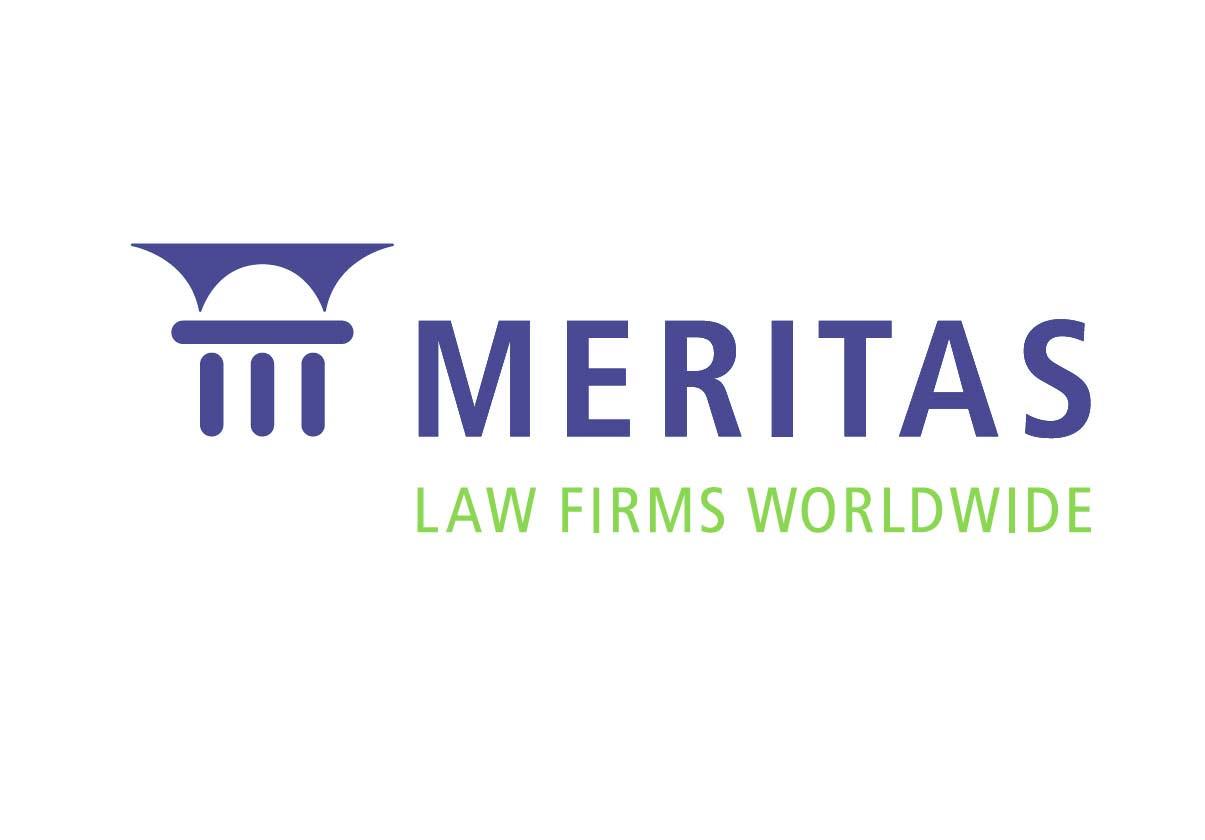A recent High Court decision outlines how to determine the value of stamp duty when assessing the value of company assets.
In brief:
In assessing the value of stamp duty, the High Court in Commissioner of State Revenue v Placer Dome Inc (Now an Amalgamated Entity Named Barrick Gold Corporation) [2018] HCA 59 adopted the ‘ordinary principles of valuation’ to assess the value of company assets. This starts with the value of the total property, before subtracting the value of assets which are not land, in order to produce the amount of duty payable. The contention that goodwill for legal purposes should be treated as synonymous with the ‘added value’ concept of goodwill or ‘going concern value’ as used by accountants was rejected.
The facts:
- This was an appeal from a decision of the WA Supreme Court of Appeal.
- Placer Dome Inc (Placer) was a substantial gold mining enterprise with land and mining tenements around the world, including in WA.
- In 2006, Barrick Gold Corporation (‘Barrick’) acquired a controlling interest in Placer.
- The Commissioner of State Revenue (the Commissioner) issued an assessment to Barrick, stating that Placer was a ‘listed land-holder corporation’ under s 76ATI(2) of Stamp Act 1921 (WA) and was required to pay percentage duty of $AU 54,852,300.
- Barrick objected and the Commissioner disallowed the objection.
Decision:
- The High Court upheld an assessment by the Commissioner that Placer was a ‘listed land-holder corporation’ within the meaning of Div 3b of Pt IIIBA of the Stamp Act 1921 (WA) (the Act), and that Barrick was liable to pay stamp duty of $AU 54,852,300 in respect of its acquisition of Placer
Key Principles:
- In determining the value of all land and all property to which a corporation is entitled for the purposes of s 76ATI(2)(b) of the Act, ‘ordinary principles of valuation’ are to be applied.
- Goodwill has no existence independent of the conduct of that business; goodwill cannot be severed from the business which created it.
- The ‘top down’ methodology is the appropriate way to value proportionate duty for the purposes of Pt IIIBA, Div 3B of the Act.
The content of this article is intended to provide a general guide to the subject matter. Specialist advice should be sought about your specific circumstances. Madgwicks is a member of Meritas, one of the world's largest law firm alliances.



